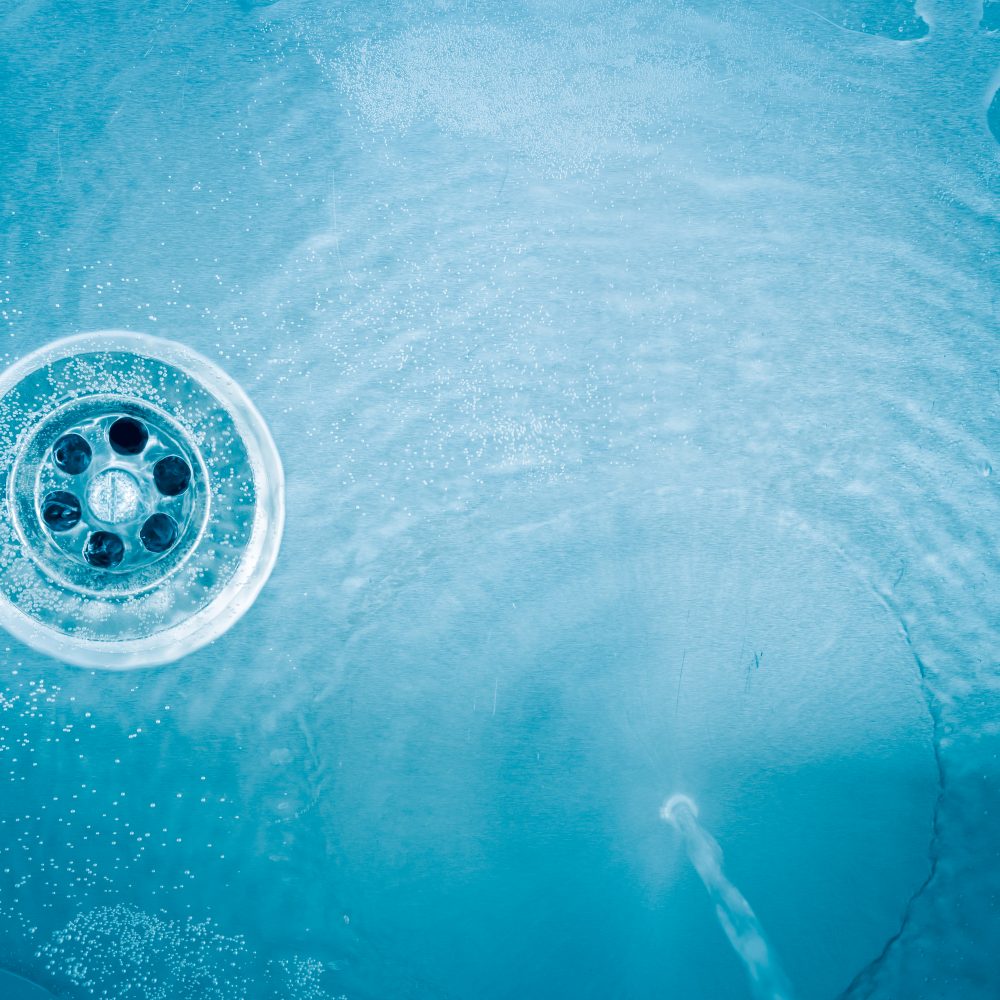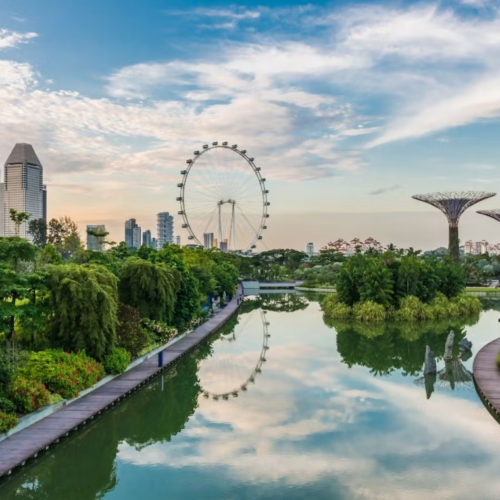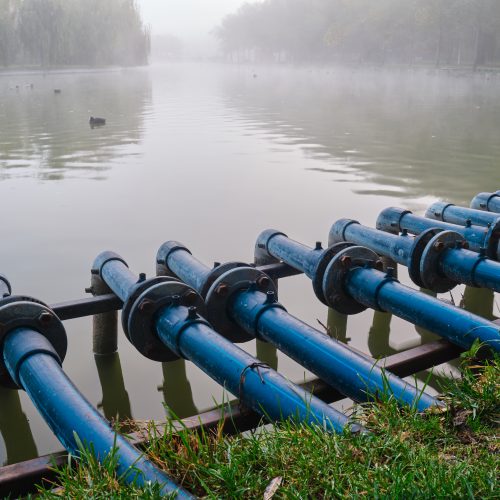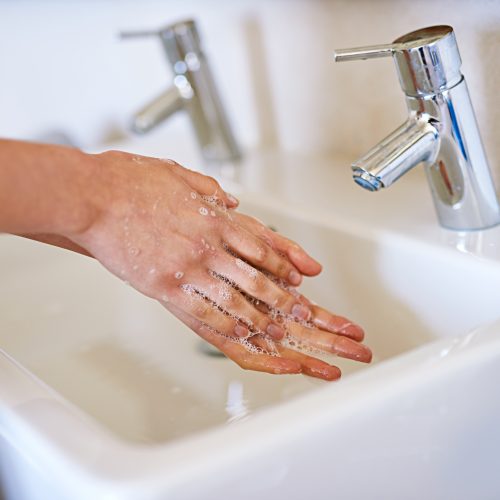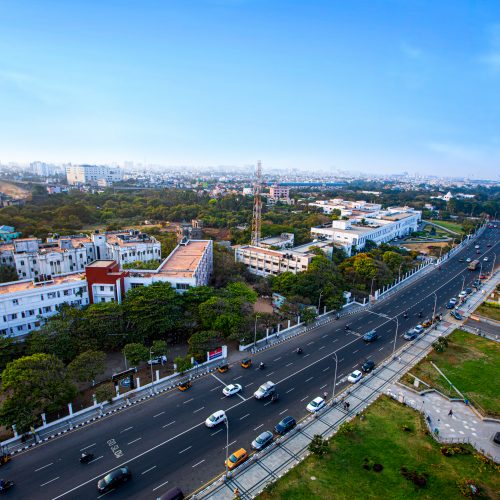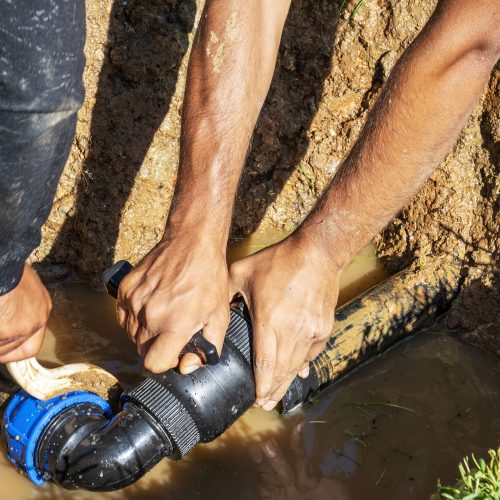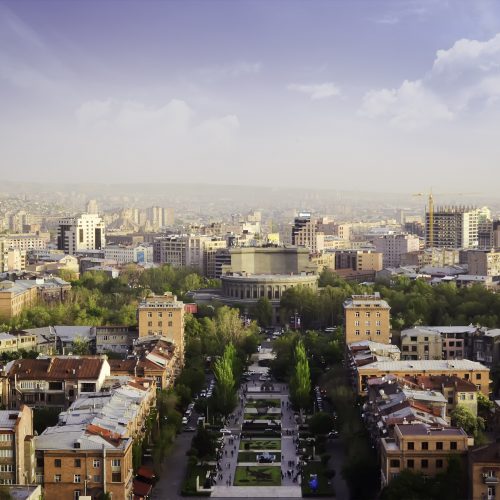Context and policy overview
To improve the country’s water management, the Korean government has put power in local government hands since the 2000s to tackle local water-related issues proactively.[1] Aware of the rampant leakage, the Seosan city government sought suggestions from K-water, a state-owned enterprise responsible for water-pipe optimisation, and adopted SWM to deal with the challenge. In contrast with traditional water management that tackled leakage based on customer complaints or visible leaks, SWM incorporated sensors and meters that automatically monitored water flow and pressure. This allowed the city to target and prevent leakage more effectively. Due to the mountainous terrain which surrounded Seosan, pipes in this region were especially prone to leakage. Slopes increased the water pressure in pipes, and high-water pressure resulted in pipe explosion. In some areas of the city, the revenue generated from the water ratio was merely 6 per cent, indicating that 40 per cent of the water leaked from pipes[2] which incurred significant financial losses for the city’s government.
Water shortages were another challenge facing the city. Precipitation decline led to severe water shortages and even droughts, aggravated in recent years by climate change. Contrary to the diminishing water supply, the city’s demand for water was trending upwards. Water consumption has increased by 1.87 times compared with a decade ago because of newly developed city areas, as well as new industrial complexes and a thermoelectric power plant.[3]
The need to repair water leakages was dire. The Seosan city government incorporated ICT tools into its existing water supply network in 2016 to: (i) minimise the loss of revenue incurred by water leakage and (ii) secure the city’s finite water resources.
Implementation
Optimising pipelines was a mission undertaken by K-water at the behest of the G Best Intelligent Water Network,[4] a national initiative launched by the Ministry of Environment, to promote SWM in Korea. The network was spearheaded by the Korea Environment and Industrial Technology Institute and consisted of researchers from academia and private companies. Different missions were embarked on to tackle challenges in water management, and one of them was optimising water pipes through SWM.
K-water suggested adopting SWM to reduce water leakage.[5] Therefore, in 2016, the city government initiated its SWM project incorporating smart meters and data transmitters into the existing water supply network in the Palbong-myeon district. In addition to addressing existing leakage problems, the major goal was to prevent pipes from bursting in the first place.
The project entailed the following measures.
Construction of a smart metering system
Digital meters on the pipes that provided water to households were installed in the first step. These meters measure water flow multiple times a day and convert data into electric signals sent to remote transmitters through direct wires. Remote transmitters send the data to a base station through wireless communication, and then the base station transmits the received data to an internet server. The server transfers the data to a monitoring system that the city government operates.
It is worth noting that a long-distance wireless transmission is used to send data from transmitters to the base station due to its characteristics of wider coverage areas and low interference with other signals. Other upsides include a low upfront cost for installation, low electricity consumption and high adaptability to various Internet of Things technologies.
Compared with conventional flow meters, smart meters functioned automatically and provided near real-time data on water usage. This allowed the city government to respond to water leakage detection and pipe repair more efficiently as the city officials were able to notice which neighbourhood’s revenue water ratio was significantly lower than other places. By analysing the data collected through smart meters, Seosan identified seven extra leakage points during the five-month project.[6]
Construct Smaller District Metered Areas (SDMAs) using smart meters
District Metered Areas (DMAs) are commonly used in leak detection, allowing the city government to manage water more efficiently. Water entering a DMA is regularly monitored to assess existing leakages and spot new bursts in pipes. The purposes of dividing a service area into DMAs are twofold. First, it ensures that the water supply continues when damage occurs to other parts of the pipeline and second, it is more likely to identify a leakage point in a smaller service area.
When a specific DMA is identified as the culprit of water leakage, certain valves in the distribution network can be closed and the DMA will then be divided into smaller areas named sub-DMAs (SDMAs). The records of SDMA minimum night flow before and after turning off the valves will be compared to pinpoint the leakages. However, the process is often time-consuming and costly because valves need to be shut manually.
In two months, the city authorities installed 1,550 smart meters on major pipes at the household level, built 30 base stations, and subdivided the two original DMAs into nine SDMAs[7] (Table 1). The smart meters monitored water flows in both the DMAs and the SDMAs, providing a more accurate calculation of minimum night flow. In addition, the meters collected data on water use several times a day, allowing the city government to analyse an SDMA’s water ratio daily (Table 1). Thanks to the combination of smart meters and SDMAs, water leakages could be identified more easily.
Table 1: Comparison of DMA and SDMA systems
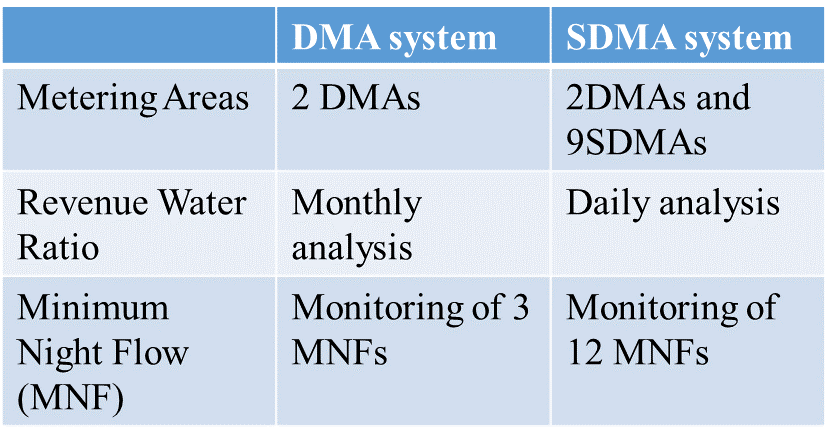
Source: Ho-Young Kim, Dong-Wo Kang, 2020, arranged by Institute for Information Industry.
Water pressure optimisation
Managing water pressure in pipes and preventing water leakages is more cost-effective and less time-consuming than replacing pipes after water leaks. Water pressure should be adjusted based on users’ consumption patterns and geographical factors. For instance, insufficient water pressure can obstruct water flow, whereas excess water pressure is the leading cause of pipe explosion in mountainous areas. The key is to find the appropriate water pressure according to the water-supply context.
It is worth noting that the optimal water pressure of a service area changes over time and needs to be reviewed periodically. After learning how water was used in different SDMAs, the Seosan city government used an automatic remote-control system to adjust water pressure in pipes accordingly.
Water pressure was adjusted using the following steps:
- smart meters collect data on water use then the data are transmitted to the monitoring system
- the data are analysed and appropriate time slots to decompress water are identified
- water pressure is adjusted via the automatic remote-control system.
Managing the water pressure helped to address water leakage resulting from mountainous terrain. In hillside neighbourhoods, K-water assisted the city authorities in installing pressure-reducing valves on pipes. This device decompressed water pressure incrementally and enabled the city to modify water pressure based on water users’ habits.
Barriers and critical success factors
Budgetary and subsidies
Installing smart meters and remote transmitters was expensive. The cost of a smart meter was 50 per cent higher than a conventional meter; installing a remote transmitter added US$ 91 to the water service connection.[8] Since consumers were the ones to pay for the renovation costs in Korea,[9] the city provided subsidies to them. To gain citizens’ approval on installing smart meters, the city poured about US$ 400,000 into the project in the form of a disaster-prevention fund.[10]
The project cost approximately US$ 466,000 in total; part of the funds came from the national government. The budgetary allocation was as follows:[11]
- US$ 82,000 for purchasing smart meters
- US$ 144,000 for establishing the monitoring centre
- US$ 120,000 for replacing pipes and installing smart meters
- US$ 65,000 for building SDMAs
- US$ 55,000 for building the remote-control system
Solid digital infrastructure
Like other Korean cities, Seosan had a solid ICT foundation and well-developed digital infrastructure. This contributed significantly to deploying a smart metering system, since stable data transmission involved various kinds of telecommunication technology.
Private sector engagement
Partnering with K-water gave the city government access to technical support. As a smart-meter leader, K-water played an essential role in helping the city government understand its needs and select adequate ICT tools to tackle water leakages.
Results and lessons learned
Three months after the smart metering system was installed, the revenue water ratio in Palbong-myeon district reached 90 per cent,[12] growing by about 20 per cent. That is, 20 per cent of water in the district was saved from leakages. Such improvement can be attributed to the smart metering system that enables efficient leak detection and prevention. The system is expected to save around 19,000 m3 of water annually throughout its eight-year life span.[13] In terms of cost-effectiveness, the city government expected to save up to US$ 980,000 in water management throughout the same period.[14]
Cities interested in SWM can learn from Seosan’s experience:
- Before adopting any smart water measures, cities should first identify the type of problem they are facing. This allows cities to opt for adequate solutions without incurring excess costs.
- Good connectivity is a prerequisite to successful SWM. Cities need to assess their existing digital infrastructure before deciding how to transmit and receive data from smart meters.
- To persuade water users to accept a smart water policy, city governments may need to provide subsidies. In the case of Seosan, citizens were the ones who had borne the full costs of pipeline renovation. As a result, the city government subsidised them to mitigate objections.
- Cities should budget for smart meter installation carefully. While subsidising residents encourage the uptake, doing it for the long term might constrain the project from expansion.
- Collaboration maximises the resources of each stakeholder. Take Seosan for example, the city government funded the project, while K-water offered technical assistance throughout the implementation.
- Installing smart sensors and meters is the first step to tackle leakage proactively. It allows precise detection and remote pressure optimisation, which is essential for forestalling leakage.
Data on water flow, pressure and user habit can be acquired automatically through smart meters and sensors. This is the building block for delivering big data solutions to water management.








